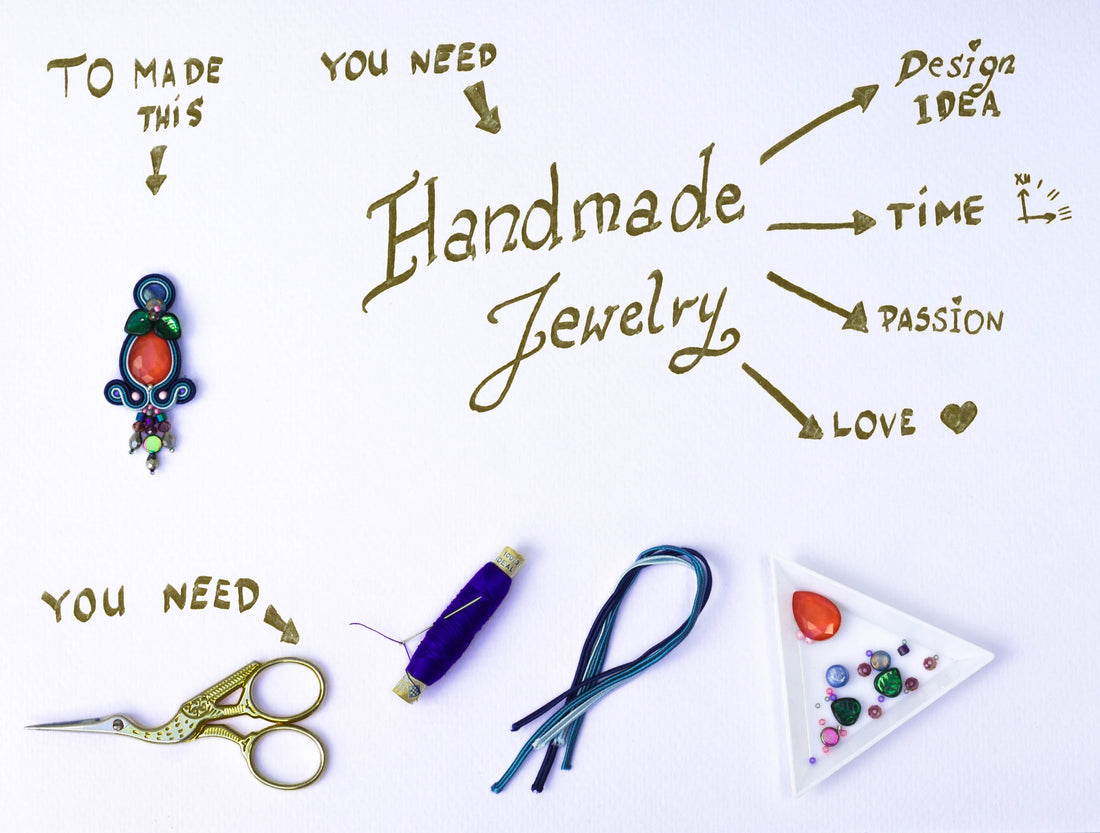
A Beginner's Guide to Soutache Braid Techniques
Share
Soutache braid, a timeless and intricate embroidery technique, has been captivating artisans and crafters for centuries with its ability to add an unparalleled level of elegance and sophistication to various projects. From crafting stunning jewelry pieces like bracelets and earrings to enhancing the beauty of apparel and home décor items such as dresses and cushions, soutache braid trim offers endless creative possibilities. This beginner's guide will take you on a journey through the basics of soutache, providing you with essential tips, tools, and inspiration to master this versatile method and elevate your design creations. Dive in and discover how to transform your projects into works of art with the magic of soutache.
Tools and Materials Needed
Essential Soutache Braid
To get started with soutache braid, it's important to gather the essential materials that will make your crafting process smooth and enjoyable. The primary material is the soutache braid itself. This is a narrow, flat braid made of viscose, rayon, or synthetic fibers. It comes in a variety of colors, allowing you to choose the perfect shade to complement your project.
Additionally, you will need a pair of sharp, fine-pointed scissors for precise cutting, and a selection of beads, cabochons, or gemstones to incorporate into your designs. Fine needles, specifically beading needles, and a strong thread, preferably a beading thread or nylon thread, are also necessary to stitch the braid and embellishments securely.
A small pair of pliers can be helpful for manipulating tiny beads, and don't forget a clear-drying fabric glue for securing the ends of the braid. With these tools and materials, you're well on your way to creating beautiful soutache pieces.
Choosing the Right Needles
Selecting the appropriate needles is crucial for your soutache braid projects. The best choice is a fine, beading needle, which is designed to pass through tiny beads and the narrow channels of the braid with ease.
Beading needles are typically longer and more flexible than standard sewing needles, allowing for greater maneuverability and precision. Sizes 10 to 13 are most commonly recommended for soutache work. It's important to choose a needle that is thin enough to fit through your beads multiple times but sturdy enough to handle the thickness of the soutache braid.
Additionally, having a variety of needle sizes on hand can be helpful for different stages of your project, from intricate beadwork to stitching thicker layers of braid. Investing in high-quality, durable needles will make the stitching process smoother and help you achieve professional-looking results.
Beads and Embellishments
Beads and embellishments play a significant role in enhancing the beauty of your soutache braid projects. Choosing the right beads can add depth, texture, and sparkle to your designs. Seed beads, crystal beads, and glass beads are popular choices, as they come in a variety of sizes and colors that can complement any project.
Cabochons, which are flat-backed stones or gems, are also commonly used as focal points in soutache jewelry. When selecting beads, consider their size and how they will fit within the braid's curves and loops. Smaller beads are ideal for detailed work, while larger beads can make bold statements.
Additionally, incorporating other embellishments such as sequins, pearls, and metal findings can add unique accents to your creations. Make sure to choose high-quality beads and embellishments to ensure your soutache pieces remain durable and maintain their brilliance over time.
